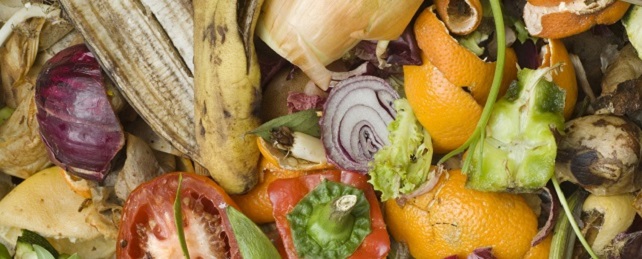 Food waste in America amounts to $162 billion and between 31% to 40% of American food supply goes to waste, primarily in homes, stores and restaurants, according to a new study.
Food waste in America amounts to $162 billion and between 31% to 40% of American food supply goes to waste, primarily in homes, stores and restaurants, according to a new study.
The findings, from the Johns Hopkins Center for a Livable Future (CLF) at the Johns Hopkins Bloomberg School of Public Health, were published in a report in the journal PLOS ONE.
Top food wasted, by weight, include fruit and vegetables yet nearly 75% of Americans believe that they waste less food than the national average, according to the findings.
Furthermore, as a result the food waste places a huge drain on the environment when approximately 30% of the fertiliser, 35% of the fresh water and 31% of the cropland in the US was used to grow food that was eventually wasted.
The first nationally representative consumer survey focused on wasted food sheds some light on factors affecting consumers’ waste.
The survey, administered to 1,010 American consumers in April 2014, covered awareness, knowledge, attitudes and behaviors related to wasted food.
Despite the large environmental impacts related to wasted food, most survey respondents listed environmental concerns last when ranking reasons to reduce food waste, with just 10% calling them “very important.”
Instead, respondents said that saving money and setting a positive example for children were the top motivators for wanting to throw out less food.
When listing reasons why they toss food out before eating it, consumers gave the top reasons as food safety concerns and a desire to eat only the freshest food.
Meanwhile, 41% of those who composted were not concerned about how much food they wasted.
“Americans perceive themselves as wasting very little food, but in reality, we are wasting substantial quantities,” said study leader Roni Neff, PhD, director of the Food System Sustainability & Public Health Program at CLF and an assistant professor in the Bloomberg School’s Department of Environmental Health Sciences. “It happens throughout the food chain, including both a lot of waste by consumers, and a lot on our behalf, when businesses think we won’t buy imperfect food. The root causes are complex.”
“The survey results are especially relevant for three groups,” Neff said. “For educators working to reduce food waste, a key finding is that highlighting financial savings may resonate more with consumers than other types of messaging. But there is still a need to explain the environmental effects of wasting food. For policymakers, our findings suggest a priority on making date labels clear and consistent, and encoding sell-by labels so they do not mislead consumers. And for businesses, the survey highlights changes consumers want, like offering re-sealable bags and smaller product sizes, and discounting damaged or near-expiration foods.”
